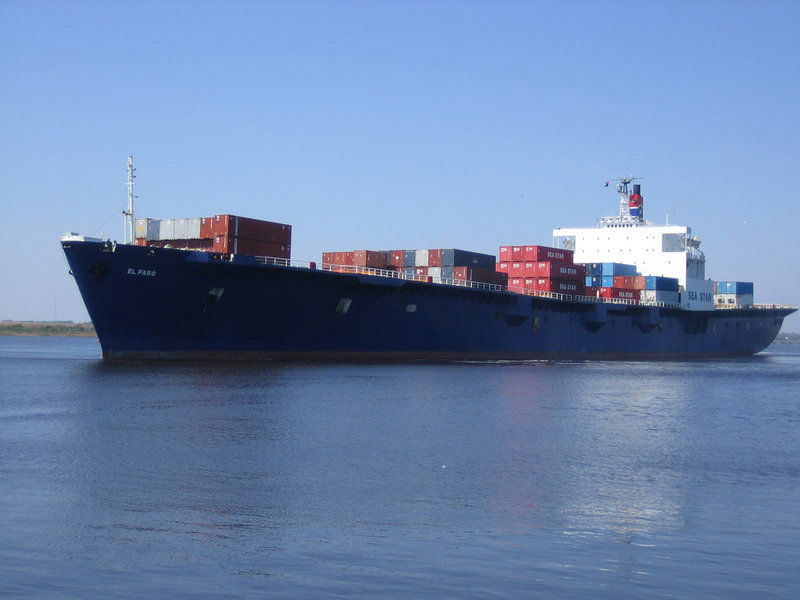A couple of weeks ago, a sistership to the ill-fated El Faro, Matson Navigation's 760', 1,727-TEU Matsonia, developed a crack in her hull while docked in Oakland, Calif., after arriving from Hawaii on her regular run. These things happen of course and the vessel’s crew, the Coast Guard and port response teams quickly contained the resulting oil spill. Except for news reports on the incident in trade publications and websites, the incident was largely ignored, but what it portends has far-reaching implications.
After the El Faro sank in 2015, taking with it 33 souls to the bottom, some discussion followed as to why a 40-year-old ship with a history of structural and mechanical problems was still in service (the industry considers 20 years to be the expected service life of a vessel of this size and type). But the National Transportation Safety Board glossed over the political implications in the tragedy, so they remain today. That’s why the Matsonia’s hull crack is significant.
The Matsonia is 46 years old, almost certainly the oldest ship of 760’ or greater carrying current U.S. certificates. All of her sisterships in the Ponce class built by Sun Shipbuilding have now been scrapped or gone to the bottom. One, the El Yunque, was towed to a scrapyard in 2016 after an inspection revealed extensive steel deterioration. In fact, the El Faro had replaced another Sun-built ship, the El Morro, in the Puerto Rico trade after that ship had to be scrapped due to hull condition. So the question is why the Matsonia is still navigating?
The answer is political — the Jones Act. The Coast Guard and the American Bureau of Shipping (the Matsonia’s class society) are susceptible to political pressure just like any government agency or private company (which is what a class society is). There are no more U.S.-flagged ships capable of carrying the Matsonia’s load of containers because the U.S. shipbuilding industry collapsed years ago. The Sun ships were among the last, and the Matsonia is the last of the last. Why did the U.S. shipbuilding industry collapse in spite of the Jones Act requirement that all ships in cabotage trade between U.S. ports be built in the U.S. (in practical effect)? It’s because with the wage and regulatory issues that U.S. shipbuilders face, foreign builders can build ships much cheaper. In important ways, the Jones Act cannot overcome market forces. Today, as the law reaches its 100th birthday, it is having results opposite to the intentions of its drafters.
So how long will the Matsonia keep running? Theoretically, it could become George Washington’s hatchet (“Three new heads and five new handles, but still George’s hatchet”), but the danger to the crew and environment increase with every crack in her ancient hull. The fact that it’s a crack — especially a crack in way of a bunker tank — could be ominous. Cracks sometimes occur after decades of flexing, when the hull’s steel gets tired and brittle. In any event, the vessel will have to go into drydock for repairs, and once again ABS and the Coast Guard may have to balance political reality against vessel condition and the risk of casualty.
Happily, though, the root cause of this situation is not for them to address. It’s a question for the U.S. Congress and, ultimately, the U.S. voter.




